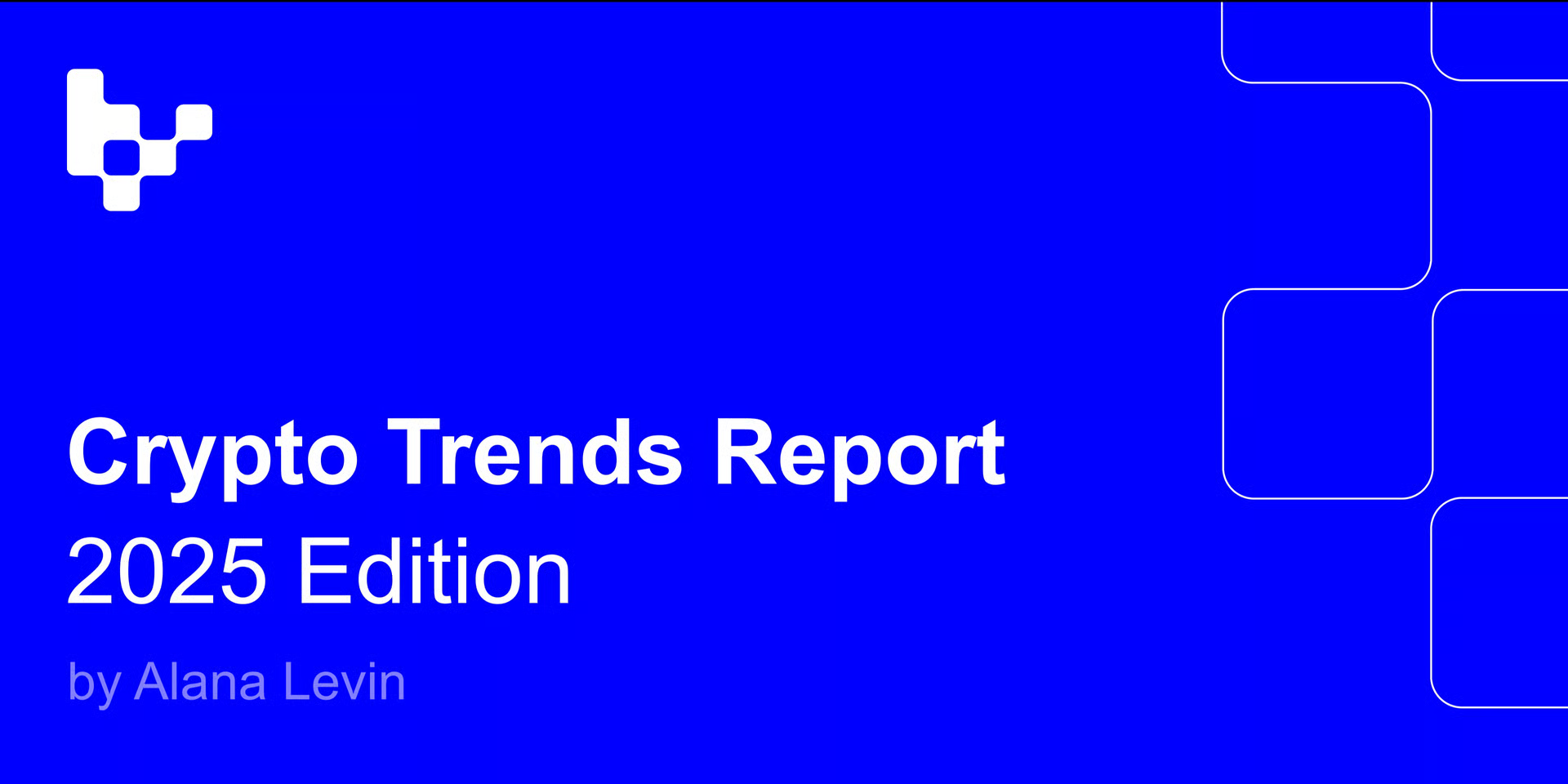In Part 2 of our TON Series, we dive into TON’s staking mechanisms. We'll cover the what, why, and how of staking TON, as well as how to get started easily with Chorus One.
An introduction to TON Staking
TON leverages the Proof of Stake (PoS) consensus algorithm, a system where validators are responsible for proposing and validating new blocks of transactions. In TON's PoS model, validators are selected through a competitive election process to ensure the highest levels of security and performance.
The Election and Validation Process
The election process is central to TON staking. During each consensus round, potential validators submit their applications along with their stake and other parameters, which determines the level of maintenance they are willing to perform. The Elector governance contract evaluates these applications, selecting validators based on their stake and parameters, aiming to maximize the network's overall stake.
Once selected, validators enter a validation cycle, as depicted in the timeline diagram below:
 Source: https://docs.ton.org/develop/howto/blockchain-configs#examples
Source: https://docs.ton.org/develop/howto/blockchain-configs#examples
Key Phases of the Validation Cycle:
- Election (6-7 hours): Candidates apply to become validators.
- Delay (2-3 hours): A brief waiting period before validation starts.
- Validation (18 hours): Validators approve transactions and propose new blocks.
- Hold (9 hours): Validators prepare for the next cycle.
To ensure continuous network operation, TON employs two types of pools—odd and even—which operate in alternating cycles, providing seamless validation without interruptions.
Minimum stake
To be eligible for the validator election process, validators need a minimum stake of
300,000 TON. Validators stake Toncoin for a fixed specific term, and the stake is refunded with interest after the completion of a validation round.
Validator rewards
Each transaction on TON requires a computation fee called gas used to conduct network storage and the transaction processing on-chain. Like most blockchain networks, on TON, these fees are accumulated within the Elector contract in a reward pool. 50% of fees users pay are burnt and 50% goes to validators.
The network also subsidizes block creation by adding a subsidy to the reward pool equal to 1.7 TON for each block in the main chain, called masterchain. TON’s architecture allows for the creation of parallel chains, called workchains. For workchain blocks, the reward per block is set to 1 TON. The network has an inflation rate of approximately 0.3-0.6% annually.
How does TON staking work?
TON offers several staking mechanisms to cater to different needs and preferences. Let's explore these options:
- Nominator Pool
The Nominator Pool is central in TON's staking ecosystem, offering a collaborative approach to staking that allows multiple users to pool their Toncoin (TON) tokens and collectively participate in the network's validation process. This pooling mechanism is designed to democratize staking, making it accessible to a broader range of participants who may not have sufficient tokens to meet the minimum staking requirements individually.
The Nominator Pool enables a group of up to 40 nominators (stakers) to combine their staking power and delegate it to a validator like Chorus One. This collective staking approach not only helps in meeting the high minimum staking thresholds but also ensures that the network remains secure and robust by leveraging the combined resources of multiple stakeholders.
 Source: https://github.com/orbs-network/single-nominator
Source: https://github.com/orbs-network/single-nominator
How the Nominator Pool Works:
- A nominator joins the pool by staking a minimum of 10,000 TON tokens.
- The pool collectively stakes the combined tokens through a validator. The operator managing the validator must stake at least 1,000 TON tokens which are used to protect against bad behavior.
- The Election Process starts: During the election phase, which lasts between 6 to 7 hours, the pool’s validator submits an application for validation, along with the combined stake from all nominators.
- Delay Period: After the election, there is a delay of 2 to 3 hours before the validation phase begins.
- Validation Cycle: The validator then participates in an 18-hour validation cycle, during which they propose and validate new blocks of transactions.
- Reward Distribution: At the end of each validation cycle, the rewards earned are distributed among the nominators based on the proportion of their stake in the pool.
- To access their rewards, nominators need to send a transaction of 1 TON to the pool with a specific comment, which triggers the return of their entire stake and earned rewards.
- Withdrawal: Nominators can withdraw their entire stake and rewards in one transaction. Partial withdrawals are not supported via this mechanism, necessitating a complete withdrawal of funds when accessing rewards.
To visualize the Nominator Pool workflow, consider the following diagram:

This workflow ensures continuous network validation, with odd and even pools alternating their validation cycles to maintain seamless operation and security of the TON blockchain.
Pros and Cons of the Nominator Pool
Pros:
- Relatively low effort to set up, with support from validators like Chorus One
- Allows multiple nominators to pool resources, making it easier to meet staking thresholds.
- Automatically handles proportional reward distribution.
Cons:
- The minimum staking requirements might exclude investors with less than 10,000 TON.
- Only allows full withdrawals, which can be restrictive for nominators needing partial access to their funds.
- Utilizes a hot wallet for operational fees, posing potential security risks.
2. Single Nominator Pools
The Single Nominator Pool is a streamlined and secure staking mechanism within the TON ecosystem, designed specifically for validators who have sufficient TON to stake independently (aka solo stakers). This approach reduces complexity and enhances security by focusing on a single nominator, making it an ideal choice for those who prefer a more straightforward staking process.
The Single Nominator Pool allows a single entity to manage the staking process, providing a simplified and secure framework for validators. By eliminating the need for multiple nominators, this mechanism significantly reduces the attack surface, making it easier to safeguard the staked assets.
 Source:https://github.com/orbs-network/single-nominator
Source:https://github.com/orbs-network/single-nominator
How the Single Nominator Pool Works
- A Single Nominator Pool is deployed by a validator like Chorus One.
- Only one nominator, who is also the pool owner, stakes their TON tokens. The single nominator can stake any amount of TON which should meet the protocol minimum requirement (currently 300,000 TON tokens).
- The nominator applies for validation by submitting their stake during the election period (6-7 hours).
- After the election, a delay of 2-3 hours occurs before the validation phase begins.
- The validator participates in an 18-hour validation cycle, validating transactions and proposing new blocks.
- All rewards generated during the validation cycle are directed to the single nominator.
- Flexible Withdrawals: The nominator can withdraw any amount of their stake and rewards, offering greater flexibility compared to multi-nominator pools.
- The pool uses a cold wallet to store the principal staking funds, significantly reducing the risk of theft.
- Hot Wallet Operations: The validator uses a hot wallet to manage operational fees, ensuring that the cold wallet remains secure.
To illustrate the workflow of the Single Nominator Pool, consider the following diagram:

This simplified workflow highlights the continuous cycle of election, delay, validation, and hold phases, ensuring the seamless operation and security of the TON blockchain.
Pros and Cons of the Single Nominator Pool
Pros:
- Easy to deploy and manage a single nominator pool.
- Reduced attack surface via the use of a cold wallet for principal funds.
- Allows partial withdrawals, providing greater flexibility for the nominator.
Cons:
- Not suitable for groups or multiple nominators with smaller holdings of TON tokens.
- Doesn’t support distribution of rewards between validator and nominator, requiring technical expertise from nominator to operate the pool, or off-chain payments.
- All operations rely on the single nominator, which can be a limitation for shared or community-based staking.
The Single Nominator Pool offers a secure and efficient staking solution for individual validators, combining simplicity with enhanced security measures. By focusing on a single participant, this mechanism ensures that the staking process is straightforward and easy to manage, making it an attractive option for those looking to stake their TON independently.
3. Liquid staking
Liquid Staking protocols enable TON holders to participate in staking pools, lending their funds to validators at a predetermined interest rate. In return, stakers receive liquid staking receipt tokens, known as Pool Jettons, which represent their share in the pool. These tokens can be exchanged back for TON at any time, allowing stakers to maintain liquidity while earning rewards.
The protocol is user-agnostic, accommodating users of all capital sizes without any minimum or maximum stake requirements.
 Source: https://ton-ls-protocol.gitbook.io/ton-liquid-staking-protocol
Source: https://ton-ls-protocol.gitbook.io/ton-liquid-staking-protocol
How TON Liquid Staking Works
- Users stake their TON in a pool managed by the Liquid Staking Contract.
- Upon staking, users receive Pool Jettons, which are liquid staking receipt tokens representing their share of the pool. These tokens ensure that users can maintain liquidity and withdraw their staked assets whenever needed.
- Staked funds are lent to validators, who use them for participating in the network’s validation process. Validators are chosen based on their stake and maintenance parameters during election phase, followed by a validation cycle.
- During each 36-hour validation cycle, validators earn rewards, which are distributed proportionally to all participants in the pool.
- Rewards come from interest payments made by validators who borrow the staked funds. The value of Pool Jettons increases as rewards are distributed, reflecting the growing stake in the pool.
- Users can deposit and withdraw their assets at any time without any predefined limits, managed through specialized smart contracts that ensure accurate accounting and security.
Pros and Cons of TON Liquid Staking
Pros:
- User-agnostic design makes it suitable for all users, regardless of their stake size or technical expertise.
- Allows partial and full withdrawals at any time, providing liquidity to stakers.
Cons:
- Higher effort required for deployment and management due to the use of multiple smart contracts and DAOs.
- Reliance on various smart contracts can increase the risk of vulnerabilities, necessitating rigorous audits and security measures.
The Liquid Staking Contract offers a versatile and powerful staking solution on the TON blockchain, combining the benefits of liquidity, decentralization, and accessibility. By understanding and leveraging this mechanism, users can participate in network validation more flexibly and securely, contributing to the overall stability and growth of the TON ecosystem.















